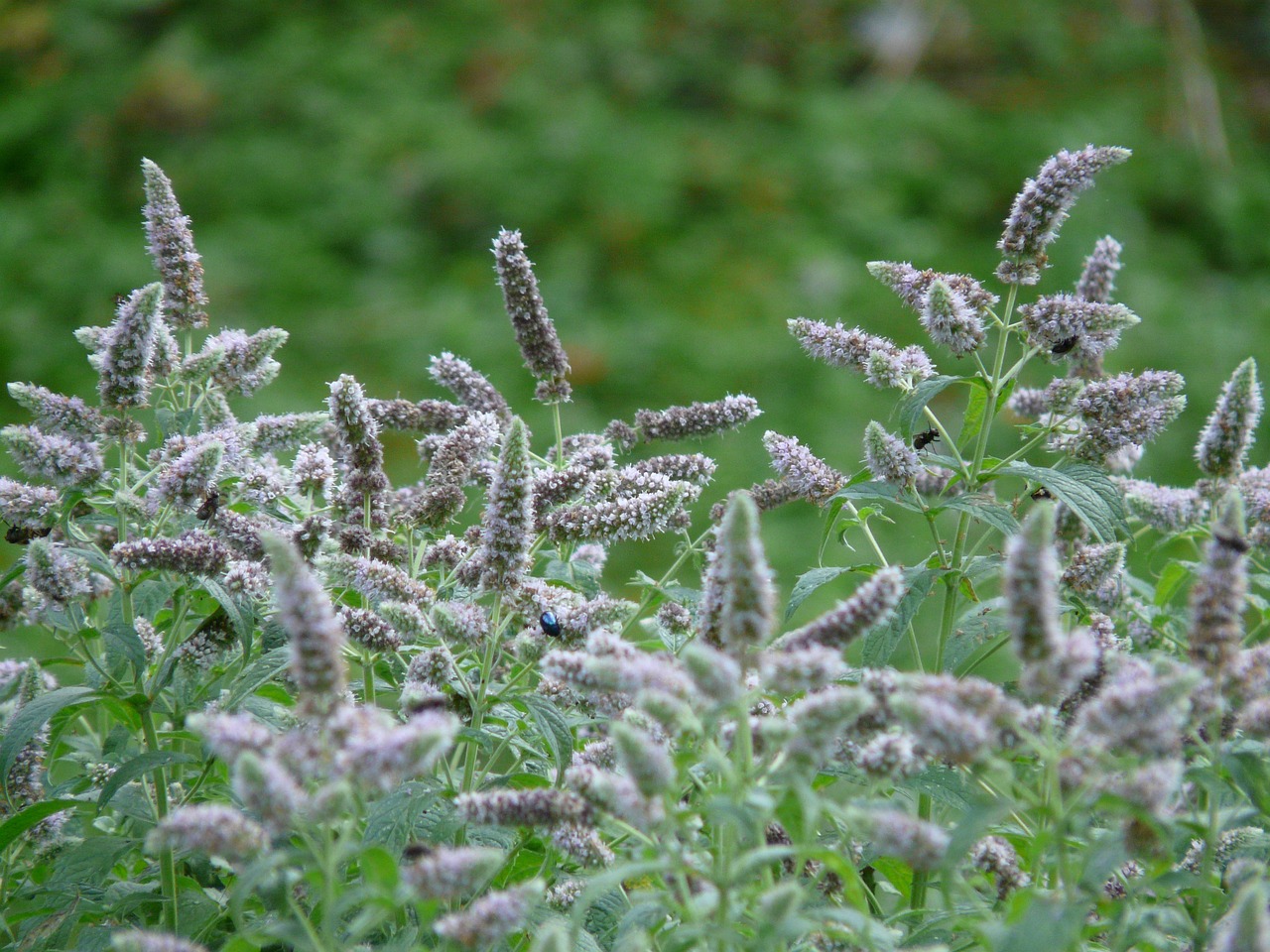
The Versatile World of Mentha
Mentha, commonly known as mint, is a herb with a rich history and an even richer flavor. Whether you’re an experienced gardener or someone just starting their gardening journey, the world of mentha offers a refreshing and aromatic experience. In this comprehensive guide, we’ll delve deeper into the realm of mentha, exploring its varieties, cultivation, care, culinary uses, health benefits, and even its role in aromatherapy.
Understanding Mentha
Mentha, a genus of aromatic plants, has an irresistible allure due to its refreshing aroma and tantalizing taste. While there are numerous mentha varieties, we’ll focus on three of the most popular: peppermint, spearmint, and apple mint.
Varieties of Mentha
Peppermint
Peppermint is a classic choice for gardeners and culinary enthusiasts alike. Its vibrant green leaves and bold, invigorating flavor make it a cherished herb. Beyond its culinary appeal, peppermint boasts a range of medicinal properties, making it an all-around garden favorite.
Spearmint
For those who prefer a milder mint flavor, spearmint is the go-to choice. Its gentle, cool taste is perfect for crafting refreshing beverages like mojitos and mint juleps. A sprig of spearmint in your iced tea on a hot summer day is a little slice of heaven.
Apple Mint
Apple mint adds a delightful twist to the mentha family. As the name suggests, its leaves carry a subtle apple flavor. This variety’s sweetness makes it a charming addition to both sweet and savory dishes.
Cultivating Mentha
Soil and Sunlight Requirements
Mentha plants thrive in soil that’s well-drained and rich in organic matter. While they prefer partial shade, they can also tolerate full sunlight. Ensuring proper soil drainage is essential to prevent waterlogged roots, which could harm your mentha plants.
Propagation Methods
Mentha can be cultivated from seeds, cuttings, or by dividing established plants. Growing from cuttings is the most popular method, ensuring that the new plant retains the characteristics of its parent.
Caring for Mentha Plants
Mentha plants are generally low-maintenance, but they do require specific care to flourish.
Watering and Fertilizing
Mentha enjoys consistent moisture, but it’s crucial to avoid overwatering, as this can lead to root rot. Regular watering and occasional fertilization will keep your plants healthy and vibrant.
Pest and Disease Control
Keep a watchful eye for common pests like aphids and spider mites. Employing organic pest control methods such as neem oil can help safeguard your mentha plants.
Harvesting Mentha
Best Time to Harvest
Mentha leaves are at their peak just before the plant flowers. The aroma and flavor are most potent at this stage, ensuring your culinary creations are infused with the freshest minty goodness.
Harvesting Techniques
When it comes to harvesting, employ clean, sharp scissors to snip the leaves. Leave a few inches of the stem intact, as this encourages regrowth and ensures a continuous supply of fresh mentha leaves.
Mentha in Culinary Uses
Mentha’s versatility shines in the kitchen, where it can elevate a wide range of dishes.
Mint in Cooking
Mint is a fantastic addition to salads, marinades, and desserts. Its unique flavor complements both sweet and savory creations, and it pairs exceptionally well with lamb and chocolate.
Minty Beverages
Mint is a key ingredient in crafting refreshing drinks. Mint lemonade and mint tea are popular choices, but don’t forget classics like the mojito, where mint’s cool and crisp notes take center stage.
Health Benefits of Mentha
Mentha’s appeal isn’t limited to the culinary world; it offers a host of health benefits too.
Digestive Aid
Mint is renowned for its digestive properties, capable of soothing indigestion and calming an upset stomach.
Stress Relief
The scent of mentha is known to have a calming effect, making it a valuable component in aromatherapy and relaxation techniques.
Mentha in Aromatherapy
Aromatherapy enthusiasts will appreciate the essential oils derived from mentha. These oils are cherished for their stress-reducing properties and their ability to promote mental clarity.
Conclusion
Mentha, the world of mint, is a delightful journey for gardening and culinary enthusiasts. From planting and cultivation to various uses in cooking and aromatherapy, mentha offers an array of delights. So, why not get your hands dirty and experience the joys of growing your mint at home? It’s an aromatic adventure you won’t want to miss.
Frequently Asked Questions (FAQs)
FAQ 1: How do I choose the right location for planting mentha?
Select a location with partial shade and well-drained soil. Adequate air circulation is essential for healthy mentha plants.
FAQ 2: What are the best practices for harvesting and preserving mentha leaves?
Harvest just before flowering and preserve the leaves by drying or freezing them. This ensures you have a fresh supply year-round.
FAQ 3: Can I grow different varieties of mentha in the same garden?
Yes, you can grow various mentha varieties in the same garden. However, it’s best to give them some space to avoid cross-pollination.
FAQ 4: Are there any side effects to consuming mentha in large quantities?
Excessive consumption of mentha can lead to digestive issues or heartburn in some individuals. As with any herb, moderation is key.
FAQ 5: Can I use mentha leaves for homemade beauty products?
Absolutely! Mentha leaves can be incorporated into homemade beauty products such as facial masks and scrubs, thanks to their refreshing scent and potential skin benefits.